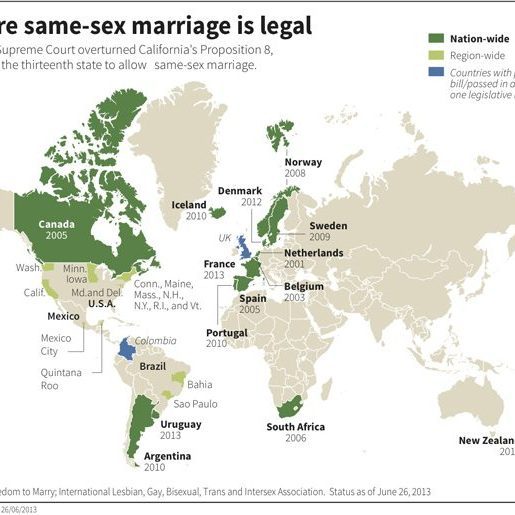 This breakthrough study is the widest-reaching ever of same-sex couples and reflects the diversity of our community ” from those who eloped at City Hall to those who had a more formal celebration.
This breakthrough study is the widest-reaching ever of same-sex couples and reflects the diversity of our community ” from those who eloped at City Hall to those who had a more formal celebration.
Community Marketing & Insights (CMI), a lesbian, gay, bisexual, and transgender (LGBT) consumer research company, today released the results of a survey entitled “Same-Sex Couples: Weddings and Engagements.” Produced in partnership with The Gay Wedding Institute, the study of over 900 couples found interesting and surprising trends as same-sex couples plan their weddings in the backdrop of dramatic gains in marriage equality. The recent Supreme Court decision striking down part of the Defense of Marriage Act and access to marriage rights in 14 states (at the time of publication) has led to an ever-increasing number of couples planning weddings.
“This breakthrough study is the widest-reaching ever of same-sex couples, and reflects the diversity of our community – from those who eloped at City Hall to those who had a more formal celebration,” said David Paisley, Senior Research Director at CMI. “This timely survey gives the wedding industry and the public some fascinating insights into how engagement and marriage are viewed by same-sex couples,” Paisley continued.
“We combined the knowledge of an LGBT research organization with a wedding planning company and can now answer many questions about what happens when LGBTs plan a wedding. From the traditions that were followed (or not), resources that couples used to find wedding vendors, the size of their wedding party, honeymoons, and much more, we have a snapshot of the landscape in a quickly growing part of the wedding industry as more and more couples marry across the U.S. and around the world,” concluded Paisley.
“What we learned is fascinating and would be of interest to anyone involved in the wedding industry,” said Bernadette Coveney Smith, President of The Gay Wedding Institute, who partnered with CMI on the survey. “By and large, same-sex couples are quite non-traditional, especially the gay grooms,” said Coveney Smith. “We learned that the terms “husband” and “wife” haven’t quite caught on within much of our community and how important it is for wedding professionals to have inclusive language and photos in their marketing materials. This information is helpful to my colleagues in the wedding industry and anyone interested in the cultural change happening now that same-sex couples can marry in 14 states, with more to come, ” concluded Coveney Smith.
The survey of 916 couples was gathered from across the country, with 57% already married, 19% in a domestic partnership, 18% engaged and 5% in a civil union.
Other significant findings in the survey include:
- The economic impact for states offering civil unions or domestic partnerships is considerably less than those offering marriage. 76% of couples receiving a civil collaboration or domestic partnership did not have a traditional wedding with ceremony and reception. This research calculated the economic impact of same-sex couples getting legally married is three times greater than those receiving a civil union or domestic partnership because married couples are far more likely to have a reception with guests or their receptions have a more significant number of guests.
- Comparing those already married vs. those just now engaged, the trend is for newly engaged couples to spend more on their ceremonies and have a larger number of guests at their ceremonies than those couples already married.
- Consistently across all questions considered in this study, female same-sex couples spend more on their weddings than male couples. For those already married, female same-sex couples spent 15% more than men.
- In every category tested, female same-sex couples were likelier to participate in “wedding ceremony traditions” than men. For example, 66% of women purchase engagement rings vs. 19% of men. Also female same-sex couples are far more likely to follow wedding traditions such as rehearsal dinners or first dances at the reception.
- Only about half of same-sex couples fully embraced the words “husband” and “wife.” More same-sex couples prefer the terms “spouse” and “partner.”
- 76% of same-sex couples feel it is essential to work with LGBT-friendly businesses when planning their wedding.
- 22% of same-sex couples used a religious leader as their officiant, and only 12% of same-sex marriages were held in sacred spaces.
- •Male couples tended to get married after being together for more than five years, while female teams were more likely to get married after being together for five years or less.
- 36% of same-sex couples who are married have children
- 67% of newly engaged same-sex couples have emotional support around their marriage from their parents, compared to only 47% of those already married.


